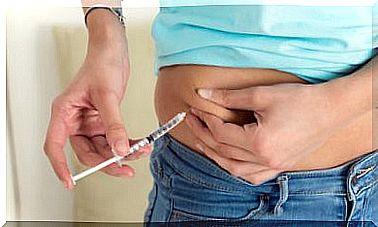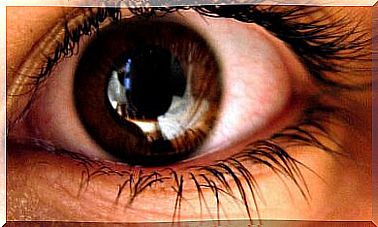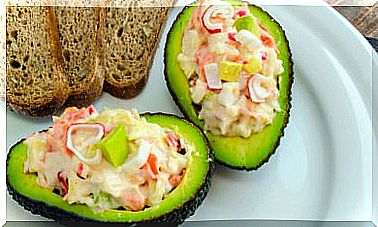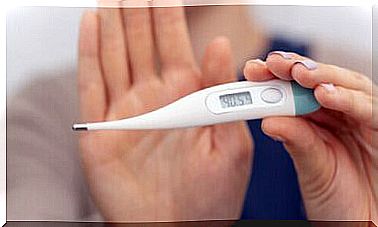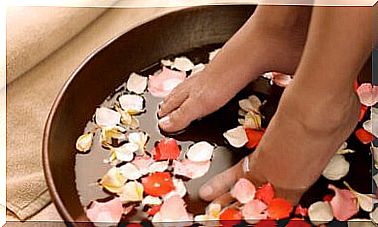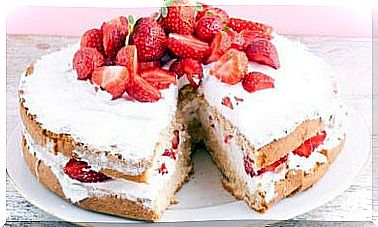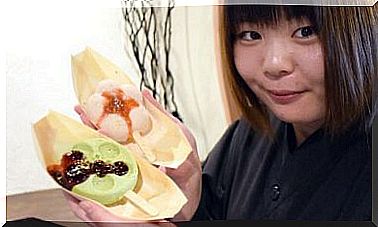How To Protect Your Baby’s Teeth
Baby teeth begin to erupt at 6 months and end around 3 years. They are sensitive and delicate teeth that need some care to avoid cavities.
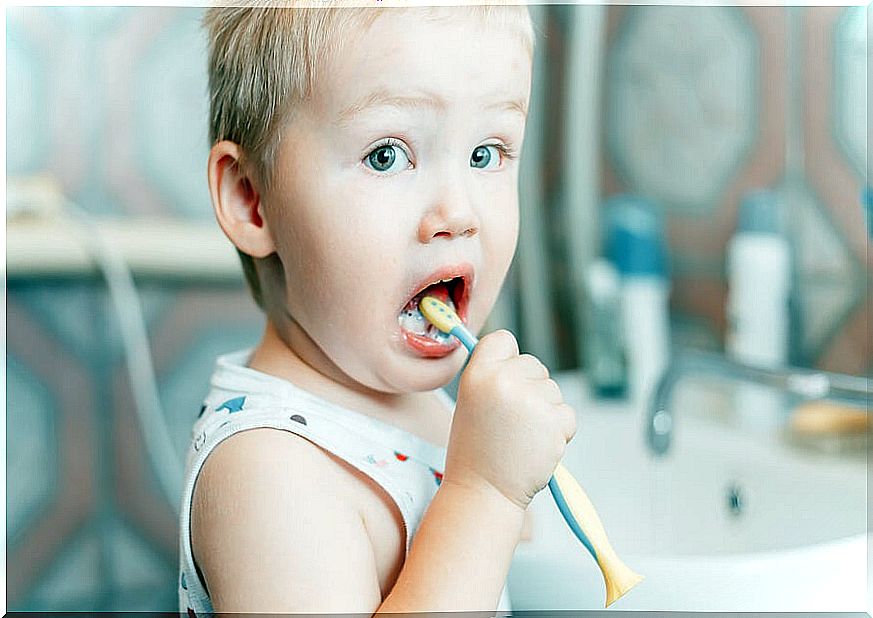
As a parent, you will surely love the moment your baby’s first teeth appear. Those incisors that appear between the lips and adorn their smiles will be the protagonists of numerous photographs.
The best way to protect baby teeth is to start caring for them before they show in. A gauze around your finger will be enough to clean the gums after eating, as this study published in the Latin American Journal of Pediatric Dentistry Orthodontics points out .
As you do not know exactly when they will come out, it is best to help the gums are always healthy, while the time comes when your baby’s first teeth appear.
This routine is the beginning of what will later be the cleaning habits that your little one’s teeth need to stay healthy until the day comes when they will be replaced by permanent teeth.
When do your baby’s teeth come in?

The first baby teeth to emerge are usually the lower central or incisors. This usually occurs around 6 months, as evidenced by this research published in the Medical Journal of the General Hospital of Mexico .
Later, it is the turn of the upper teeth that go next to the central incisors, then they come, but lower. Between 13 and 19 months, the first molars or teeth must come out; first those on the top and then their companions from the lower jaw.
Next to come out are the fangs, or canines. This usually happens between 17 and 23 months. Again, the top ones come out first and then the bottom ones. This stage ends when the second molars appear. In this case, the lower ones come out first and then the higher ones. More or less, at 3 years old your baby should have a full set of 20 baby teeth.
how to take care of my baby teeth?
When that first tooth appears, you have to look for a special toothbrush for babies, so that you can give your little one a correct brushing . This brush usually has a small head for the baby’s mouth, short, soft bristles, and a long handle suitable for your hand.
Brush your teeth gently. Both in the front and the back. The American Dental Association recommends fluoride toothpaste, but it is important to use the appropriate amounts for the child’s age since, since the baby cannot spit it out, it swallows it, so consuming it in excess could have negative consequences.
Plus, you don’t need to brush it more than twice a day. When your baby is a year old or older and is able to stick his tongue out, brush it too. Thus, you will eliminate the bacteria that begin to accumulate on the tongue after starting the complementary feeding.
Since your baby’s teeth are spaced apart, this is no time to worry about flossing. That can wait until the teeth start to set in.
It is also important that you take care of the conditions of use and hygiene of your baby’s toothbrush. Once the bristles of the same begin to look worn or in bad condition, it is necessary to change the brush.
What else do you have to know about your baby’s teeth?
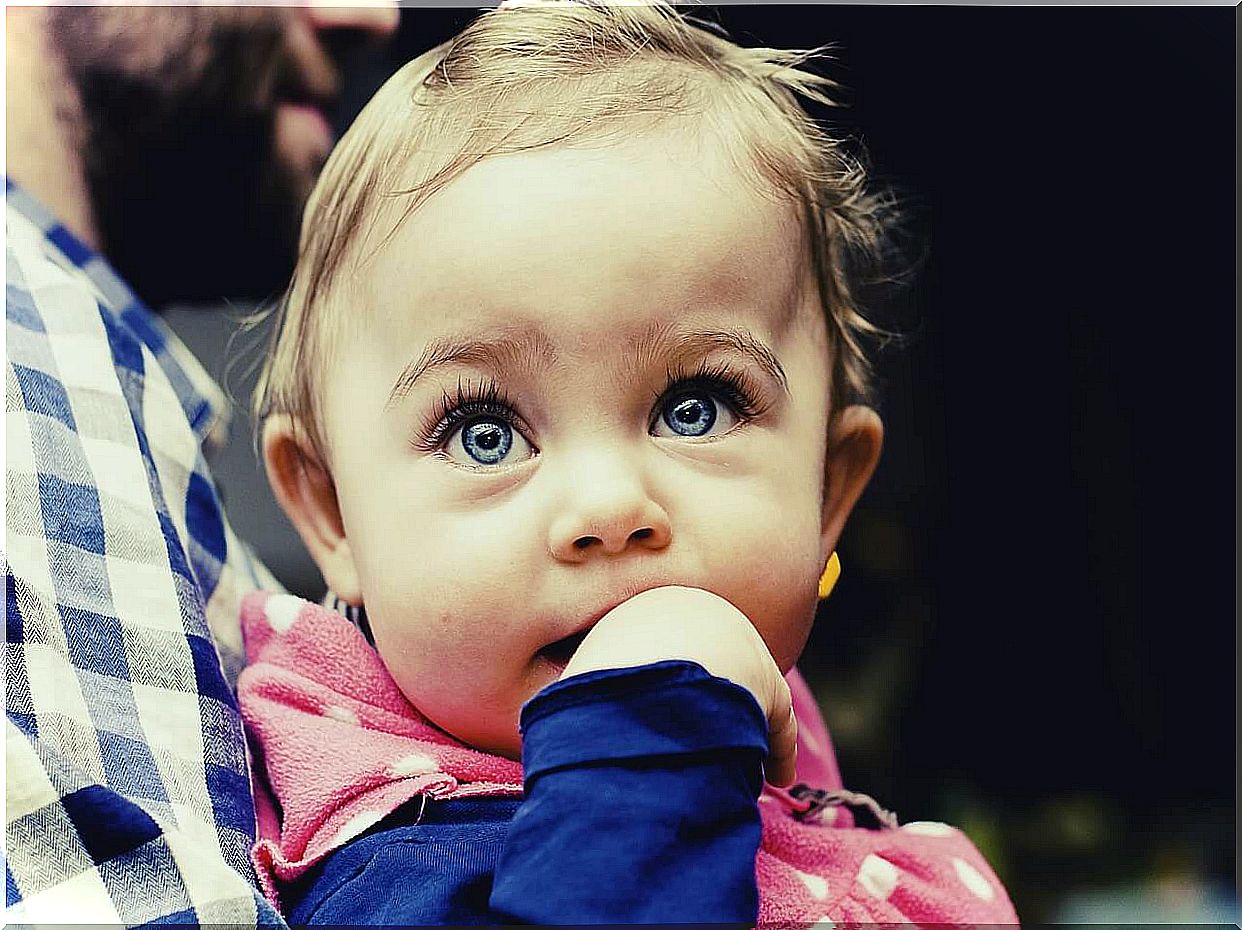
Your baby’s teeth begin to erupt precisely when complementary feeding begins. Your little one has been drinking milk (breast or formula) for 6 months. Then, it is time to start incorporating the first foods and brand new teeth.
When the first teeth appear, you have to take into account the following recommendations:
- It is normal for your baby to feel discomfort when baby teeth begin to appear. You may even have a fever or diarrhea. Be part of the process. You just have to help him alleviate these annoying symptoms.
- Help your baby to relieve the itchy gums. To do this, you can use a cold teething ring or a terry cloth that you have to chill beforehand in the fridge.
- Avoid giving your baby a bottle before falling asleep. Dairy formulas have sugars that remain on the teeth, which can generate the so-called “baby bottle cavities”, as evidenced by this article published in the Clinical Journal of Family Medicine .
- Similarly, avoid industrialized juices or flavored milks at the end of the day or between meals. The reason is the same: they have excess sugar left on the teeth.
- When the first teeth appear, it is a good time to start to stop using a bottle and pacifier. Try using a sippy cup; it is the ideal moment.
- Teething does not have to affect breastfeeding. You can continue breastfeeding and keep feeding at night, because the sugars in breast milk do not damage the enamel of baby teeth.
When to see a pediatrician or dentist?
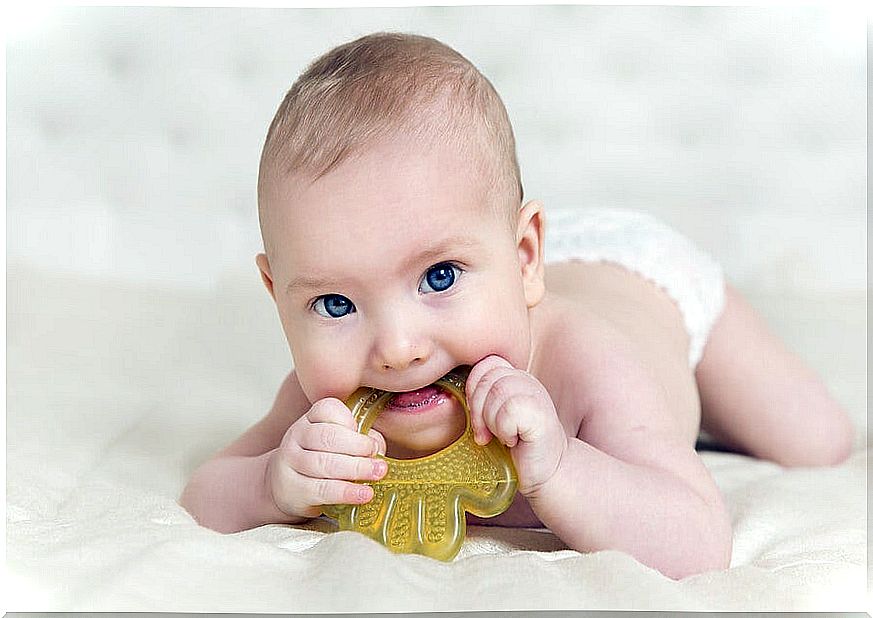
A healthy baby can reach the first year of life without having the first teeth. There is no reason to worry, if it is the case with your baby. Some children don’t get their first teeth until 15 or 18 months. If you are concerned that they have not come out, consult your pediatrician.
Finally, it is important to note that the first visit to the dentist should be around the first year. In this way, you will review how the dentition is developing and can anticipate any risk factors for developing cavities. Also, s i in the family no history of tooth decay or cavities you had it you during pregnancy, you should inform the dentist.

